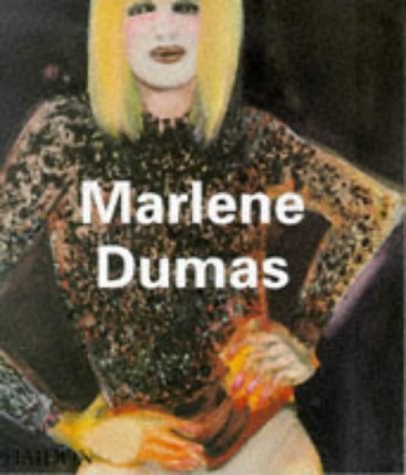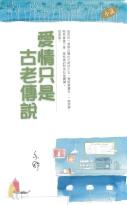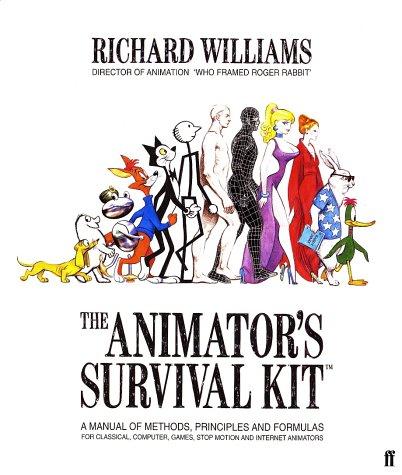
Project Japan
书刊介绍
内容简介
By Rem Koolhaas and Hans Ulrich Obrist
Having wandered the ruins of Hiroshima, Tokyo and other Japanese cities after WW II,The Metabolists– four architects, a critic, an industrial designer and a graphic designer – showed with the launch of their manifesto Metabolism 1960 how they would employ biological systems (aided by Japan's massive advances in technology) as inspiration for buildings and cities that could change and adapt to the vicissitudes of modern life. Units could be added or removed from buildings likeKisho Kurokawa’s Capsule Tower in Tokyoas required; buildings themselves could be added or removed from cities at will in thecell-like master-plans of Fumihiko Maki .
Project Japan features a series of vivid, empathetic conversations, replete with surprising connections and occasional clashes betweenKoolhaas and Obristand their subjects. The story that unfolds is illuminated, contradicted and validated by commentaries from a broad range their forebearers, associates, critics, and progeny, includingToyo Ito and Charles Jencks.
Interspersed with the interviews and commentary arehundreds of never-before-seen images : master-plans from Manchuria to Tokyo, intimate snapshots of the Metabolists at work and play, architectural models, magazine excerpts and astonishing sci-fi urban visions. Presented in a clear chronology from thetabula rasaof a colonized Manchuria in the 1930s; a devastated Japan after the war; to the establishment ofMetabolismat the 1960 World Design Conference; to the rise of Kisho Kurokawa as the first celebrity architect; to the apotheosis of the movement at Expo '70 in Osaka.
Koolhaas and Obristunearth a history that casts new light on the key issues that both enervate and motivate architecture today: celebrity and seriousness, sustainability and monumentality, globalization, government participation (and abdication), and the necessity for architecture to reach beyond its traditional boundaries in order to embrace the future.
精彩摘录
Atamomentwhentheconnectionbetweenarchitectsandtheir"own"culturehasdwindledtoinsignificance,andthemarkethasdissolvedanyconnectivetissuebetweencolleagues,itseemedurgenttolistentothesurvivorsofagroupofarchitectswhosawtheircountryanditstransformationasaproject,whochangedtheirfatherlandwithnewtoolsrecognizablyderivedfromitstradition,whoworkedtogetherinastrategicalliancetoachievegreaterprominenceandcredibility,inasustainedintellectualeffortthatmobilizedavastrangeofotherdisciplines.
——引自第12页
相关推荐
-

国家基本药物临床应用指南(中成药)-2012年版
国家基本药物临床应用指南(中成药)-2012年版 内容简介 新一轮医改启动以来,各地以实施基本药物制度为抓手,破除基层医疗卫生机构“以药补医”机制,在缓解群众看...
-

道成肉身
中文版序言(代简介)道成肉身,肉身成道,人们对之已谈论很多,这是对基督教信仰的基本理解。虽然对“道”或“肉身”并不很清晰,各自的认知并不完全一致,但对其所指仍是...
-

森永高中三年二组2
小妮子原名:熊静血型:O型(据说是最古老的血型哦)星座:神秘敏感的天蝎座当相册中的照片从活泼流转到优雅,当手中冒泡的可乐幻变成浓郁浪漫的迷迭香,当衣柜中的白色T...
-

Douglas T·Brownlie|Robin Wensley|Richard Whittington《Rethinking Marketing》
Thisisanimportanttext.Itbringstogethercriticalreflectionsonthedisciplinescontrib...
-

不生病的智慧
当代“健康教母”、一代民间奇医,听活观音马悦凌讲不生病的自在,十几年以身试病,得奇效良方如甘霖。用食疗开道,让经络护身,享观音祝福,得健康之道,这本小书祝您生命...
-

李清照集笺注
精彩摘录明《古今詞統》卷四徐士俊評:《花間集》云:此詞安頓二疊語最難。——引自章节:卷一词/一争渡:今人多释为“怎渡”,
-

玩的就是心计
作品目录第一篇 说话心计学——巧迂回,直言不妨拐弯说 提出否定意见,要用转折句 直言有分寸,委婉效果好 曲径能通幽,舌头不妨
-

尼尔斯骑鹅旅行记
塞尔玛·拉格洛夫(1858—1940),瑞典女著名作家。出生在瑞典莫尔巴卡庄园一个世袭贵族地主家庭。1885年毕业于斯德哥尔摩罗威尔女子师范学院。1891年出版...
-

钩出超可爱立体小物件100款
作品目录PartⅠ 让身边充满斑斓的色彩和多姿的生命——作品的使用方法 4PartⅡ 用细腻优雅的唯美花朵描画身边的每个细节 8PartⅢ
-

怪诞行为学4
丹•艾瑞里(Dan Ariely)是美国杜克大学心理学和行为经济学教授,同时也在该校经济学院、医学院等担任教职,拥有心理学博士及商学博士学位。他的文章经常发表在...
-

中药入门与指导
中药入门与指导 本书特色 《中药入门与指导》由沈元良编著,本书以《中药学》教材为蓝本,**部分概述,简要论述了中药的起源与发展;第二部分中药的命名、分类...
-

历史街区保护中的交通和市政工程技术研究
历史街区保护中的交通和市政工程技术研究 本书特色 《建筑遗产保护丛书:历史街区保护中的交通和市政工程技术研究》适合高等院校建筑学专业师生,建筑史学,科学技术史学...
-

福尔摩斯探案全集(图文典藏版)(套装共3册)》
(英国)阿瑟·柯南道尔
-

人都是要死的
《人都是要死的》内容简介:中世纪时期,意大利亚平宁半岛上并存着一百来个各自为政的小城邦,频年相互攻战,企图争雄称霸。城邦权力的建立依靠暴力和阴谋。君主们的生活骄...
-

狩猎愉快
《狩猎愉快》内容简介:雨果奖、星云奖科幻双奖得主,美国华裔科幻作家刘宇昆小说精选集,十五个故事编织出十五场如烟的科幻大梦,
-

Conditional Design
Conditional design is the sequel to Operative Design. This book will further exp...
-

SaaS创业路线图:to B产品、营销、运营方法论及实战案例解读
吴昊,SaaS创业顾问,《SaaS创业路线图》系列文章主创作者,腾讯首期SaaS加速器授课导师。“纷享销客”天使投资人、前执行总裁,从0到N构建了纷享销客千人营...
-

日本手工艺
柳宗悦,日本著名民艺理论家,美学家。于1913年毕业于日本东京帝国大学文科部哲学科。在研究宗教哲学的同时,对日本、朝鲜的民艺产生了浓厚的兴趣,并开始对之收集、研...
-

欧陆传奇食材
《欧陆传奇食材》是一部隽永动人的食材之书。原产地蕴藏的风土精神与人情温度,造就了经典食材的独特美味。圆滑丰润的洛克福蓝纹奶酪,散发着榛果味的伊比利亚生火腿,含有...
-

夏美什么都能变
吉竹伸介,绘本作家、插画家,1973年出生于日本神奈川县。吉竹伸介小时候是个怕生、内向的孩子,觉得自己做什么都不行,后来因为想当一名电影道具师,学了筑波大学艺术...





